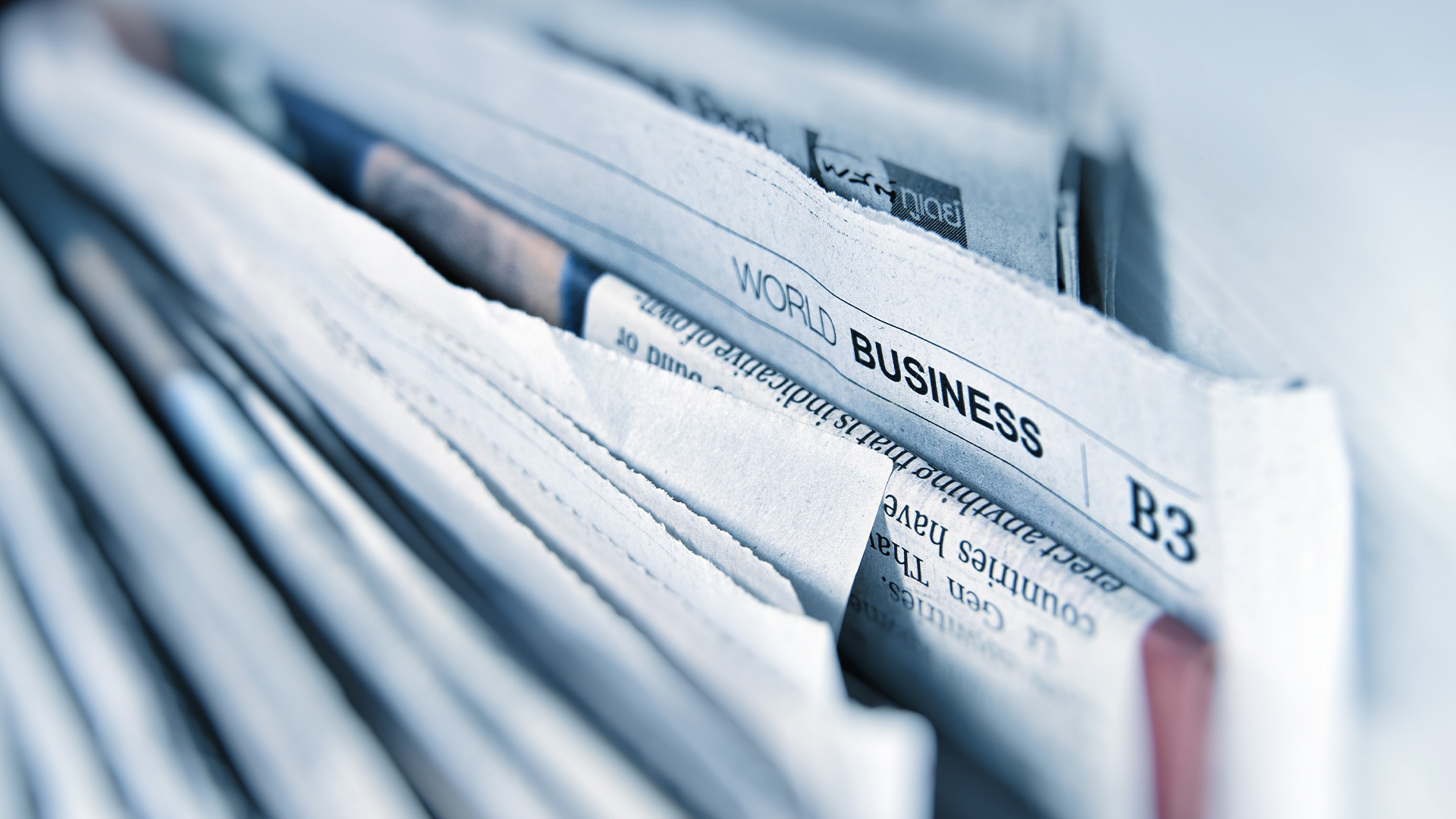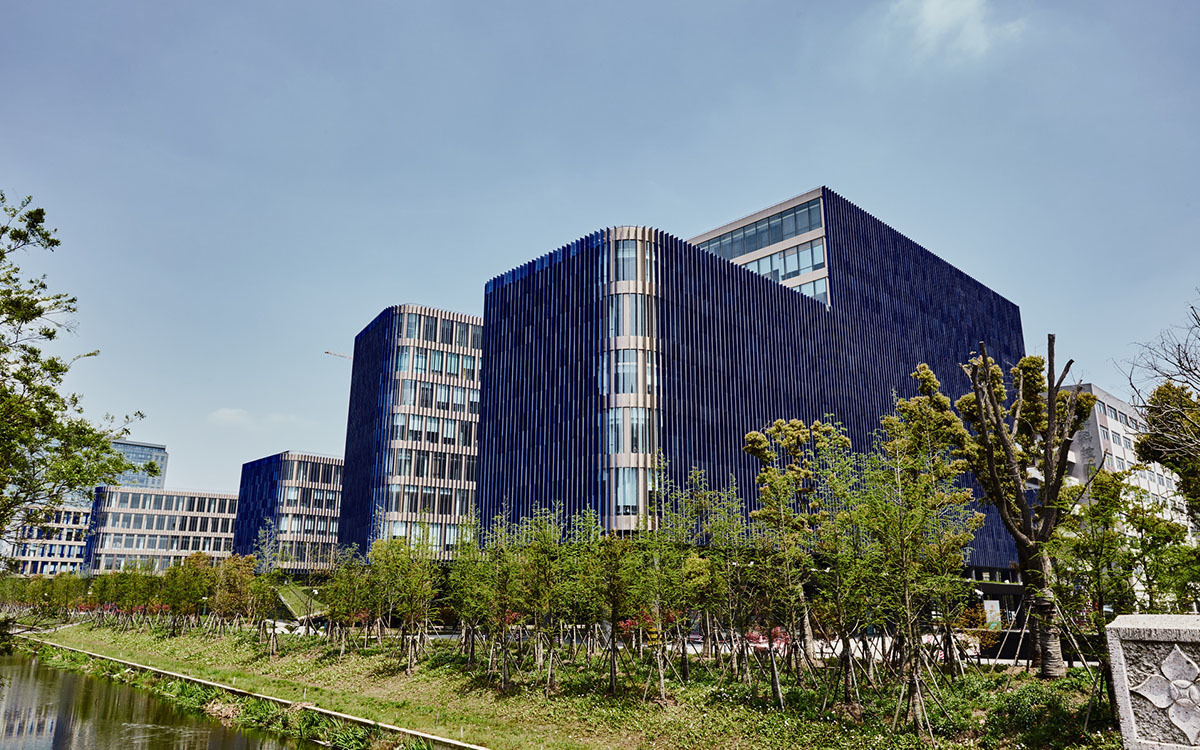The Versatility of 2618 Aluminum Alloy in the Printing Industry
The Versatility of 2618 Aluminum Alloy in the Printing Industry Table of Contents 1. Introduction to 2618 Aluminum Alloy 2. Key Properties of 2618 Aluminum Alloy 3. Applications of 2618 Aluminum Alloy in Printing 3.1 Flexographic Printing 3.2 Offset Printing 3.3 Digital Printing 3.4 Packaging Solutions 4. Advantages
Jul 12,2025
The Versatility of 2618 Aluminum Alloy in the Printing Industry
Table of Contents
- 1. Introduction to 2618 Aluminum Alloy
- 2. Key Properties of 2618 Aluminum Alloy
- 3. Applications of 2618 Aluminum Alloy in Printing
- 4. Advantages of Using 2618 Aluminum Alloy
- 5. Environmental Impact and Sustainability
- 6. Future Trends in Aluminum Alloys for Printing
- 7. Conclusion
- 8. Frequently Asked Questions
1. Introduction to 2618 Aluminum Alloy
In the ever-evolving landscape of the printing industry, the importance of material selection cannot be overstated. One standout option is **2618 aluminum alloy**, renowned for its remarkable properties that cater to a wide array of printing applications. This alloy, primarily composed of aluminum, copper, and other elements, is designed to provide superior strength, durability, and resistance to various environmental factors, making it an ideal choice for manufacturers seeking reliable materials.
As printing technologies advance, the demand for lightweight yet robust materials increases. **2618 aluminum alloy** has emerged as a go-to solution due to its versatility, enabling it to be utilized across multiple printing platforms, including flexographic, offset, and digital printing.
2. Key Properties of 2618 Aluminum Alloy
To understand why **2618 aluminum alloy** is favored in the printing industry, it's essential to explore its key properties:
2.1 High Strength-to-Weight Ratio
One of the most significant advantages of **2618 aluminum alloy** is its exceptional strength-to-weight ratio. This property ensures that printed products maintain their integrity without adding unnecessary weight, which is crucial in high-speed printing applications.
2.2 Excellent Machinability
The machinability of **2618 aluminum alloy** allows for intricate designs and precision tooling. This quality facilitates the creation of printing plates and components that require high levels of accuracy, enhancing the overall quality of printed materials.
2.3 Enhanced Resistance to Corrosion
Corrosion resistance is vital in the printing environment, where inks and solvents are commonly used. **2618 aluminum alloy** possesses excellent resistance to corrosion, ensuring that printing equipment remains functional and efficient over time.
2.4 Thermal Conductivity
The thermal conductivity of **2618 aluminum alloy** makes it ideal for applications where heat dissipation is essential. This property is particularly beneficial in processes such as offset printing, where heat can affect print quality.
3. Applications of 2618 Aluminum Alloy in Printing
The versatility of **2618 aluminum alloy** allows it to be employed in various printing applications, enhancing the quality and efficiency of print production. Here are some notable applications:
3.1 Flexographic Printing
Flexographic printing relies on flexible relief plates to transfer images onto various substrates. **2618 aluminum alloy** is often used in the production of these plates due to its lightweight nature and excellent precision. The durability of the alloy ensures that plates maintain their quality over time, resulting in consistent print output.
3.2 Offset Printing
In offset printing, aluminum plates coated with a photosensitive emulsion are used to transfer images to paper. The high strength and thermal properties of **2618 aluminum alloy** play a critical role in maintaining plate integrity, ensuring high-quality prints while minimizing downtime.
3.3 Digital Printing
Digital printing technology has transformed the industry by allowing for shorter runs and personalized prints. **2618 aluminum alloy** is utilized in various components, from print heads to support structures, due to its lightweight and durable characteristics. This enhances overall machine performance, leading to better print quality and efficiency.
3.4 Packaging Solutions
Packaging is a crucial aspect of the printing industry, and **2618 aluminum alloy** is increasingly being used in the production of packaging materials. Its ability to withstand environmental factors while maintaining print quality makes it an excellent choice for packaging applications, including food and beverage containers.
4. Advantages of Using 2618 Aluminum Alloy
Utilizing **2618 aluminum alloy** in printing processes offers numerous advantages, contributing to its growing popularity:
4.1 Cost-Effectiveness
Although **2618 aluminum alloy** may have a higher initial cost compared to other materials, its durability and longevity lead to significant savings in the long term. Reduced maintenance and replacement costs make it a cost-effective solution for manufacturers.
4.2 Customization Options
With the ability to be machined into various shapes and sizes, **2618 aluminum alloy** allows for a high degree of customization. This flexibility is beneficial for companies that require specific designs to meet their unique printing needs.
4.3 Lightweight Properties
The lightweight nature of **2618 aluminum alloy** enables easier handling and faster processing times in production facilities. This advantage can enhance overall operational efficiency and reduce energy costs associated with transporting and managing materials.
4.4 Environmental Benefits
The recyclability of aluminum makes **2618 aluminum alloy** an environmentally friendly option. By using recycled aluminum, companies can significantly reduce their carbon footprints while maintaining high-quality output.
5. Environmental Impact and Sustainability
In recent years, sustainability has become a core focus in the printing industry. The use of **2618 aluminum alloy** aligns with these efforts due to its **recyclability** and low environmental impact. When aluminum is recycled, it requires only a fraction of the energy needed to produce new aluminum, contributing to a more sustainable future.
Additionally, manufacturers can source **2618 aluminum alloy** from suppliers committed to sustainable practices, further enhancing the environmental benefits. By choosing this alloy, printing companies can position themselves as environmentally conscious players in the market, attracting customers who prioritize sustainability.
6. Future Trends in Aluminum Alloys for Printing
As technology continues to advance, the printing industry will undoubtedly witness innovations in materials, including aluminum alloys. Research and development efforts are focused on enhancing the properties of alloys like **2618**, with potential improvements in strength, weight reduction, and resistance to wear.
Emerging trends may include the integration of smart technologies into the printing process, leveraging the properties of **2618 aluminum alloy** to create more efficient and automated systems. As the industry moves toward greater automation and digital integration, the demand for high-performance materials will only grow.
7. Conclusion
In summary, **2618 aluminum alloy** stands out as a versatile and highly beneficial material in the printing industry. With its exceptional strength, durability, and resistance to environmental factors, it caters to a wide range of applications from flexographic to offset and digital printing. Its cost-effectiveness and sustainability further enhance its appeal, positioning it as a preferred choice for manufacturers. As the industry evolves, **2618 aluminum alloy** will likely play a pivotal role in shaping the future of printing technology, ensuring high-quality outputs while supporting environmentally responsible practices.
8. Frequently Asked Questions
What is 2618 aluminum alloy used for?
**2618 aluminum alloy** is primarily used in the printing industry for making printing plates, components for printing machines, and packaging solutions, thanks to its excellent strength-to-weight ratio and corrosion resistance.
How does 2618 aluminum alloy compare to other alloys?
Compared to other aluminum alloys, **2618** offers superior strength and thermal conductivity, making it more suitable for high-performance applications in the printing industry.
Is 2618 aluminum alloy environmentally friendly?
Yes, **2618 aluminum alloy** is recyclable, and using recycled aluminum significantly reduces energy consumption and carbon emissions, making it an environmentally responsible choice.
Can I use 2618 aluminum alloy for food packaging?
Absolutely! **2618 aluminum alloy** is widely used in food packaging due to its ability to maintain product integrity while providing excellent protection against environmental factors.
What are the future trends for aluminum alloys in printing?
The future of aluminum alloys in printing includes advancements in strength, customizability, and integration with smart technologies, enhancing efficiency and performance in the industry.
Previous:
Latest Developments











